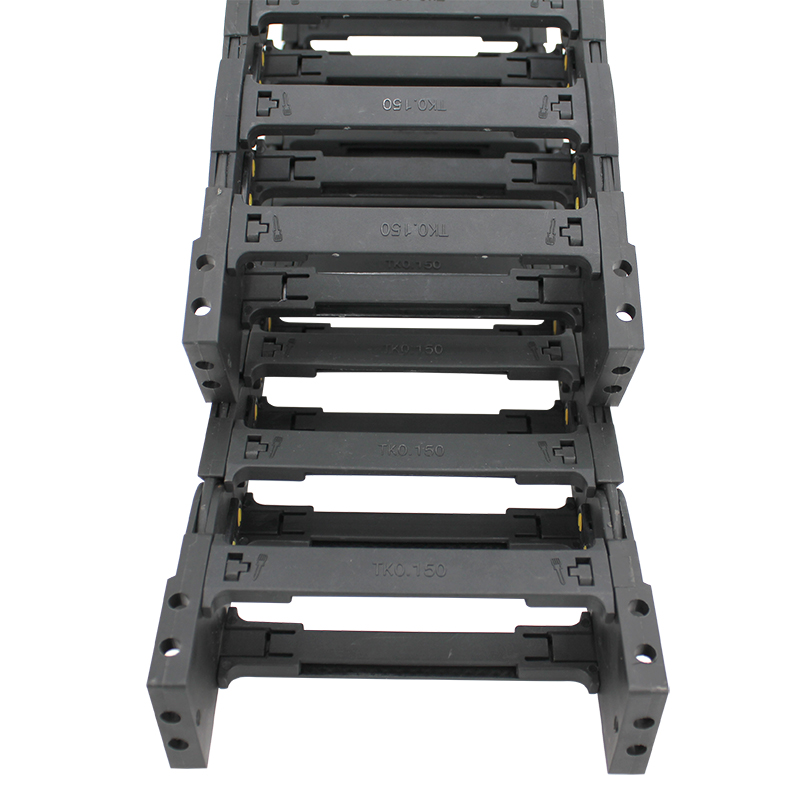Top Suppliers for Drag Chains and Related Accessories
Understanding Drag Chain Suppliers An Essential Component in Industrial Applications
In the world of industrial automation, the efficiency and reliability of machinery play a crucial role in productivity and safety. One of the lesser-known yet vital components that facilitate smooth operations in machinery is the drag chain, also known as energy chain or cable carrier. These devices are used to manage and protect moving cables, hoses, or tubing in dynamic applications. A key player in this sector is the drag chain suppliers who offer not just the products but also solutions tailored to diverse operational needs.
What is a Drag Chain?
Drag chains are flexible protective conduits that contain and guide moving cables and hoses in various machinery settings. They serve multiple functions safeguarding cables from wear and tear, reducing the risk of entanglement, and ensuring smooth movement during operation. Commonly found in automated manufacturing systems, robotics, CNC machines, and even on large cranes or in construction equipment, drag chains prevent cable damage and promote operational longevity.
The Role of Drag Chain Suppliers
Drag chain suppliers are specialized manufacturers and distributors that provide a wide range of drag chain products, accessories, and related services. They offer products tailored to different environments, such as industrial, commercial, and offshore applications. By understanding the specific needs of their customers, these suppliers can recommend the appropriate materials, sizes, and configurations of drag chains.
Product Range
Typically, drag chain suppliers offer a diverse portfolio of products, including
drag chain suppliers

1. Standard drag chains These come in various sizes and materials, accommodating different cable configurations. 2. Customizable solutions Many suppliers understand that one size does not fit all. They provide options for custom drag chains designed to meet unique operational requirements. 3. Accessories This may include mounting brackets, connectors, and even cable management systems designed to work seamlessly with the drag chains. 4. Support and consultancy Many suppliers also offer expert guidance on installation, maintenance, and optimization of drag chains within existing systems.
Importance of Quality and Reliability
Choosing the right drag chain supplier is crucial for ensuring quality and reliability in operations. High-quality drag chains are made from durable materials designed to withstand harsh operating conditions, such as extreme temperatures, chemicals, or physical abrasion. Suppliers should provide detailed specifications and certifications that attest to the quality of their products.
Additionally, reliable suppliers offer comprehensive customer support, including advice on installation, maintenance tips, and troubleshooting assistance. This support can significantly impact the longevity of the drag chains and the machinery they serve.
Environmental Considerations
In today's manufacturing landscape, environmental sustainability is a growing concern. Many drag chain suppliers are responding to this trend by offering eco-friendly products manufactured from recyclable materials. Moreover, suppliers are increasingly incorporating energy-efficient practices in their manufacturing processes and operations, aligning with global standards and practices aimed at reducing industrial carbon footprints.
Conclusion
In conclusion, drag chains are an essential component of modern industrial applications, allowing for the organized and safe movement of cables and hoses. Drag chain suppliers play a critical role in this ecosystem, offering a range of products and services that cater to the diverse needs of various industries. When selecting a supplier, businesses should prioritize quality, reliability, and sustainability to ensure their operations remain efficient and environmentally responsible. By investing in high-quality drag chains and partnering with reputable suppliers, companies can significantly enhance their operational efficiency and minimize maintenance costs, ultimately leading to increased productivity and profitability.








